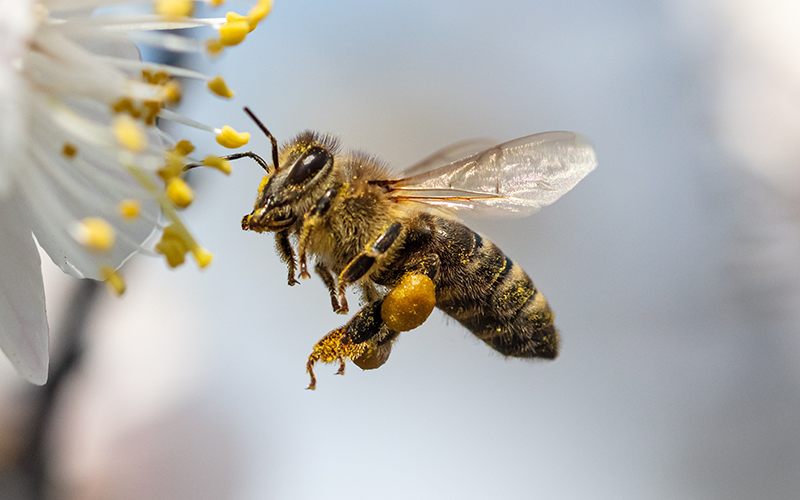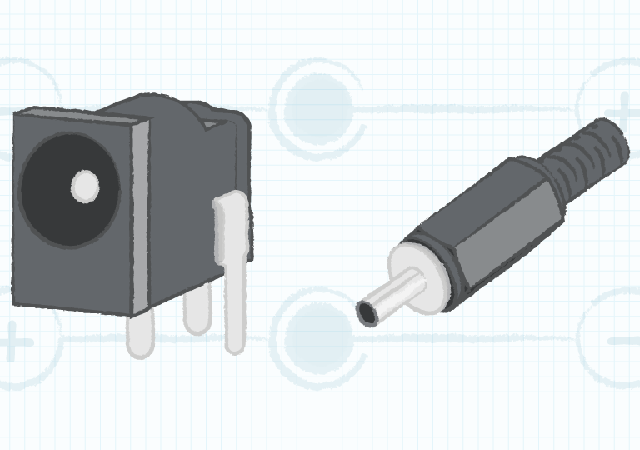What do engineers have in common with bees, ants and fish? They all face the same problem.
Case 1 – Foraging bee
A bee, foraging for nectar and pollen, lands on a flower. But a green spider jumps on the bee and kills it. Was the bee so hasty that it didn’t notice the spider? Before the bee lands on the flower, it can check visually for the spider, but this is not easy if the spider is hiding or well camouflaged. Bees have to learn caution and assess the risk. Rather than be injured or eaten by a spider, they spend more time inspecting the flower and surroundings, and may reject the flower. All this reduces the time available for foraging.
Case 2 – Predatory ant-lion
At the bottom of a pit in the dry sand sits a ferocious monster with huge jaws, waiting for a passing animal to miss its footing and slide down to its death. The monster (an ‘ant-lion’ 5mm long) keeps its formidable jaws open, ready to snap them shut on any bug that happens to drop by. If the prey falls to one side, the ant-lion’s two jaws have to move at different speeds so that they can close off-centre. The ant-lion must observe, compute and control, taking time. Will this delay allow the bug to escape?
Case 3 – Sex in the swim
A free-swimming organism smells food. But the intensity of the smell varies. Where is it coming from? Quickly, quickly…
The varying intensity of the smell classifies as noise and so creates problems: the extent of polarisation front-to-rear of the organism, hence degradation of directional accuracy and production of a noisy output polarisation. A combination of positive feedback, multiple signalling stages, and time-averaging filters cuts some of the noise, but takes time. This is improved if the feedback has two loops – fast and slow – which experiment with yeast cells confirmed. This increases the cell’s response time, but it’s more accurate in filtering the noisy gradient.
Case 4 – Fish on the hunt
The archer fish is quite remarkable. From beneath the water surface, it can target an insect sitting on a plant and direct a coherent stream of water at it, knocking it in to the water. At the same time the fish can predict where the insect will fall and swim there before any other fish can steal its prey. In solving this three-dimensional problem, it seems to be using only two dimensions. Experimentally it’s been shown that fish that are slower at predicting where the prey will fall are more accurate than the faster fish when there is a greater choice of prey.
Common trade-offs
These four examples of the commonest of trade-offs – between speed and accuracy – illustrate trade-offs as drivers of development, change and, eventually, evolution. The only time accuracy may be compromised for speed is the escape response. Animals will jump, fall, fly, even jet away (dragonfly larvae and squid, for instance) with little consideration of outcome.
My analysis shows that only four basic principles, taken separately or together, are needed to ensure a good resolution of speed versus accuracy. They are feedback (such as error-correction), dynamic response (control of thresholds), adaptation (ability to predict) and consolidation (stochastic accumulation). What’s more, they apply in all cases of this trade-off so far analysed, ranging from molecular events in a cell through to complex human behaviour such as playing the piano.
This generality suggests that defining a problem, in any context, in terms of one or more appropriate trade-offs can reduce the range of solutions to consider.




